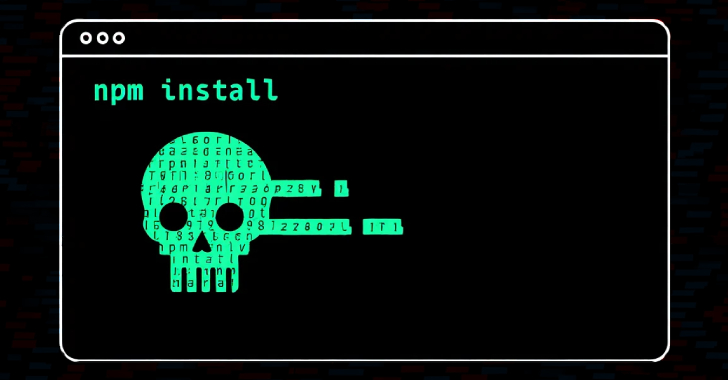
Behind Closed Doors: M&A Technology Due Diligence in Modern Corporate Strategies
In the dynamic landscape of modern business, mergers and acquisitions (M&A) have become an integral part of corporate growth strategies. These strategic moves can unlock new markets, synergize resources, and create opportunities for innovation. However, the success of M&A transactions hinges on careful planning, rigorous assessment, and a deep understanding of technology. Behind closed doors, technology due diligence plays a pivotal role in shaping the outcomes of these corporate maneuvers.
The Unseen Tech Landscape
In an era defined by rapid technological advancement, businesses often find themselves grappling with complex ecosystems of software, hardware, and data. When two companies decide to join forces, their technology landscapes may be as different as night and day. It’s this invisible world of technology, hidden behind the boardroom discussions and financial statements, that necessitates a comprehensive technology due diligence process.
Technology due diligence involves a meticulous investigation of a target company’s technology infrastructure, systems, processes, and intellectual property. It aims to uncover hidden risks, identify opportunities for synergy, and assess the overall health of the technology stack. Here’s why it’s crucial:
- Mitigating Risks: Incompatibility between the acquirer’s and target’s technology can result in costly integration challenges. Identifying potential risks early allows for better risk mitigation strategies to be put in place.
- Unlocking Value: Sometimes, the target company possesses valuable technology assets that, when integrated correctly, can create significant value for the acquiring company. Identifying these assets can be a game-changer.
- Optimizing Operations: Understanding the technological capabilities of the target can help streamline operations post-acquisition, leading to cost savings and efficiency improvements.
- Intellectual Property and Compliance: Assessing the target’s intellectual property portfolio and compliance with industry standards and regulations is vital to avoid legal issues down the road.
Modern Corporate Strategies
Modern M&A strategies are a far cry from the traditional buy-and-integrate approach. They are more about precision and synergy. With the advent of digital technologies, businesses are increasingly focused on acquiring not just companies but ecosystems that can seamlessly fit into their existing operations.
- Talent Acquisition: In today’s tech-driven world, one of the most valuable assets a company can possess is its human capital. Acquiring a company with a highly skilled tech team can accelerate innovation and product development.
- Data-Driven Decision-Making: Data has become the lifeblood of modern business. Companies look for M&A targets that can provide valuable data assets or analytics capabilities, enabling them to make more informed decisions.
- Digital Transformation: Acquiring companies with cutting-edge digital technologies can fast-track a business’s digital transformation efforts, enabling it to stay competitive in a rapidly evolving market.
- Ecosystem Integration: Companies are increasingly looking for targets that complement their existing ecosystem. This can be in the form of strategic partnerships, synergistic product offerings, or access to new customer segments.
The Tech Due Diligence Process
The technology due diligence process can be broken down into several key steps, each requiring a meticulous examination of the target company’s technological assets:
- Assessment of Technology Stack: A deep dive into the target’s hardware, software, and infrastructure. This includes evaluating the age, scalability, and compatibility of technology assets.
- Data Analysis: An examination of data management practices, data security measures, and data analytics capabilities. Data privacy compliance and potential liabilities are also scrutinized.
- Intellectual Property Audit: A review of the target’s intellectual property portfolio, including patents, copyrights, and trademarks. This ensures that the acquisition won’t lead to legal disputes over IP rights.
- Cybersecurity Evaluation: An assessment of the target’s cybersecurity measures and vulnerabilities. Cyber threats are a growing concern, and any weaknesses in the target’s defenses must be identified.
- Tech Talent Assessment: An evaluation of the target’s tech team, their skills, and their ability to integrate into the acquiring company’s operations. This step is crucial for talent-focused M&A strategies.
- Compliance and Regulation Review: Ensuring that the target complies with industry-specific regulations and standards. Any non-compliance issues must be addressed before proceeding with the acquisition.
- Synergy and Integration Opportunities: Identifying areas where the technology assets of the target and acquiring company can be integrated for maximum value. This may involve eliminating redundancy, improving efficiency, or enhancing product offerings.
- Cost Analysis: Estimating the cost of technology integration and assessing whether the benefits outweigh the expenses. This step is essential for financial planning.
Case in Point: The Tech Giants
To illustrate the importance of technology due diligence, let’s take a look at some high-profile tech acquisitions in recent years:
- Microsoft’s Acquisition of LinkedIn: In 2016, Microsoft acquired LinkedIn for $26.2 billion. Beyond the professional networking platform, one of the key assets Microsoft valued was LinkedIn’s data, which could be integrated into its cloud and business intelligence services.
- Facebook’s Acquisition of WhatsApp: Facebook acquired WhatsApp in 2014 for $19 billion. While WhatsApp was a leader in mobile messaging, Facebook was interested in its user base, which would complement its own social media platform. This acquisition helped Facebook expand its ecosystem.
- Google’s Acquisition of Fitbit: Google acquired Fitbit in 2020 for $2.1 billion. The tech giant was interested in Fitbit’s wearable technology and health data, which could enhance its Google Fit platform and compete in the growing health and fitness market.
- Salesforce’s Acquisition of Slack: In 2020, Salesforce acquired Slack for $27.7 billion. Salesforce aimed to combine its customer relationship management (CRM) capabilities with Slack’s collaboration and communication tools to create a comprehensive digital workspace for businesses.
In each of these cases, technology due diligence played a critical role in assessing the value of the acquisition, identifying synergies, and mitigating potential risks. These tech giants recognized that success goes beyond just financial numbers; it involves integrating technology seamlessly into their existing ecosystems.
Conclusion
Behind closed doors, where M&A deals are forged, technology due diligence is the silent hero that can make or break the success of a transaction. In the ever-evolving landscape of modern business, technology is the linchpin that holds companies together, and understanding it is essential for informed decision-making.
As businesses continue to pursue growth through M&A strategies, the importance of technology due diligence will only increase. Companies that master the art of peering behind the digital curtain and assessing technology with precision will be better positioned to thrive in the competitive world of modern corporate strategies.
Contact Cyber Defense Advisors to learn more about our M&A IT Due Diligence solutions.





